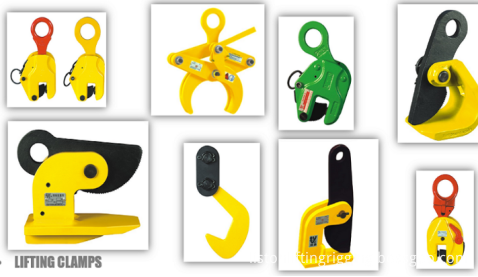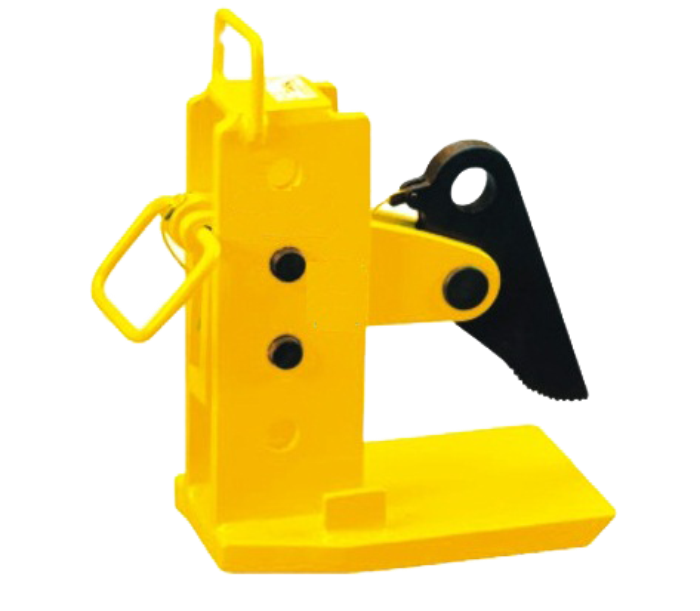Ye Yongmao, vice president of the China Chemical Fiber Industry Association, analyzed and predicted the development trend of the chemical fiber industry in 2007. He believes that the investment in fixed assets of the chemical fiber industry is gradually returning to rationality, and the demand for equipment will shift from the quantitative quantity type to the technical variety benefit type, and the investment direction of the chemical fiber industry The development of high-tech and differentiated fiber varieties will require high-tech fiber production equipment that is required for technological transformation of enterprises.
"The growth rate of investment has dropped and the demand for equipment has been small in scale."
According to statistics from China Chemical Fiber Industry Association, since 2005, the growth rate of investment in the chemical fiber industry has slowed down significantly, and the growth rate of investment in fixed assets has apparently returned. From January to November 2006, the fixed-asset investment in the chemical fiber industry was 19.275 billion yuan, only 3% in the first quarter of 2006, and only 3.2% from January to May, but there was a sign of substantial recovery in June. From January to June, the investment rose rapidly to 18.1. %, from January to July, it reached 23.6%, and then recovered somewhat in the following two months, basically maintaining at about 19%. In October, it rebounded again. By November, the increase in investment in the chemical fiber industry was as high as 34%, and it is expected to reach an average annual rate of around 30%. .
Regarding the situation of investment fluctuations in the chemical fiber industry, Ye Yongmao said that in the late period of the 10th Five-Year Plan, the state carried out effective macro-control on the development of the chemical fiber industry and guided rational investment in the industry. At the same time, the Chemical Fiber Association also established an early warning mechanism to actively develop industries. Self-discipline, promote the adjustment of the chemical fiber industry in development, upgrade during adjustment, effectively control the excessive development of conventional varieties, and make the industry enter the track of healthy operation.
Ye Yongmao analysis believes that in 2006 the chemical fiber industry production growth recovery is faster, product sales are more stable, the number of fiber imports decreased significantly, the number of exports increased rapidly, the polyester fiber as the main chemical fiber industry competitiveness has greatly improved. The economic benefits of the industry have increased significantly and the quality of operations has improved significantly. This has provided the conditions for the industry to adjust its industrial structure and digest the rapidly growing high-quality production capacity in recent years. However, the rebound in investment that began in the fourth quarter of 2006 is worthy of caution.
From the perspective of the future development of the chemical fiber industry, by 2010 China's textile fiber processing volume will reach 36 million tons, and in the next few years, the capacity and output growth of the chemical fiber industry will remain at 7% to 15%. By 2010, production capacity And output growth will fall back to 7% and 5% respectively. In 2007, the chemical fiber industry will continue to maintain steady growth, and the ability of the chemical fiber industry to compete in overseas markets and meet domestic demand will continue to expand; the end consumer market will be diversified, differentiated, functionalized, and branded; exports will continue to expand, especially polyester Filament exports will increase significantly. Therefore, Ye Yongmao believes that in 2007, the demand for equipment in the chemical fiber industry will be dominated by technological transformation, and high-tech fiber production equipment that meets industry industrial upgrading needs will still have room for growth.
"Adjustment of investment direction, change to high-tech and differential fiber varieties development"
Ye Yongmao pointed out that the focus of the chemical fiber industry in 2007 is to develop high and new technologies, optimize the industrial structure, promote the recycling economy and sustainable development of the industry, accelerate the application of both domestic and foreign markets, and further increase the competitiveness of the industry. Therefore, the investment direction of the chemical fiber industry will further develop into high-tech and differentiated fiber varieties.
According to the analysis of the China Chemical Fibre Industry Association, with the continuous expansion of exports of chemical fiber products and the development of product structure to high quality, chemical fiber companies are focusing on high-tech fibers, bio-engineering materials such as aramid, carbon fiber, polyphenylene sulfide, and ultra-high-strength high-mold polyethylene. Various types of high-performance, differentiated, functionalized fibers and high value-added products are used for industrialized R&D and optimization of technological product mix. At the same time, in the face of the new competition situation at home and abroad, the chemical fiber industry is further enhancing the competitiveness and profitability of conventional products. In particular, the production enterprises of the polyester and polyester industries with large specific gravity and wide application should, under the guidance of industrial policies, increase their investment in technology, develop new and high-tech products, and avoid blind and low-level development investments in new projects. In addition, viscose is the second largest chemical fiber category next to polyester, and while viscose manufacturers are developing differentiated and functional fiber varieties, they are also tracking and drawing on the latest developments at home and abroad to deepen energy conservation, consumption reduction, and environmental protection. High-tech applications such as protection.
It can be predicted that with the industrial restructuring of the chemical fiber industry, technological progress and industrial upgrading, large-scale technological transformation will provide space for chemical fiber machinery growth. The chemical fiber enterprises put forward higher requirements for the equipment and key components for the production of high-tech fibers, and they need technical upgrading and upgrading of equipment with a high degree of automation, less labor, and improved product differentiation rates. According to the needs of the market, chemical fiber machinery manufacturers must actively develop high-quality, super-large-scale, precision, and short-range new-generation domestic polyester polyester complete sets of technical equipment, and at the same time strengthen the functional development of equipment for the chemical fiber industry, nylon large-scale polymerization The application of technology, the development of acrylic multi-functional and differentiated fiber varieties, and the comprehensive utilization of clean production and renewable resources provide the necessary equipment support.
It can be said that for chemical fiber machinery manufacturing companies in 2007, it should be to identify the market demand positioning, accelerate the pace of R&D of electromechanical integration and process software package, and comprehensively upgrade the technological level and product grade of chemical fiber equipment.
Lifting clamp
Details:
1. Use: Apply for steel-plate horizontal or vertical hoist and overturn of the section steel
2. Loading range: 0 to 10 ton.
3. It is manufactured by low-carbon hi-quality alloy steel forging.
4. Rated load caused by 1 tests is regarded as the standard, during the hoist, can use one crane, but during the horizontal hoist, must add the beam.
5. During the hoist, hung articles are forbidden collision.
6. Test load is the max, operation load of 2 times.
7. Don`t overload to use.
Our Services
1.Client
We treasure and try to understand all the different needs of our clients and seek to forge a long term professional relationship with them. The satisfaction of each and every customer is our main goal and motivation in conducting our business.
2. People
We work as a team and treat each other with respect. Our solid, capable and knowledgeable team is valued as the greatest asset and an integral part of the business.
3. Product
Our products are of HIGH quality standards and always come with certificate of compliance by the manufacturers.
4. Performance
We aim to achieve high level of performance and satisfaction to both our client and people, which include delivering high quality services and treating people with integrity.
5. Free sample and OEM service
We can provide free samples to you and we also have OEM service, we can put your logo on the label and the information you need on the webbing too.


Horizontal Lifting Clamps,Lifting Clamps For Plates,Vertical Lifting Clamps,Adjustable Lifting Clamps
Hebei Liston Lifting Rigging Manufacturing Co., Ltd. , https://www.liftingriggings.com